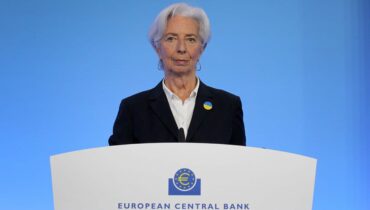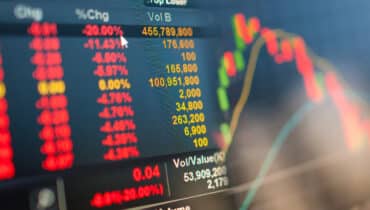Ahead of the ECB’s upcoming interest rate decision, there is much discussion about the central banks’ interest rate policy and the key interest rate – will it be lowered or not? Its development has a significant influence on the economy and the financial markets. In this article, we discuss the role of the key interest rate and which interest rates are relevant.









